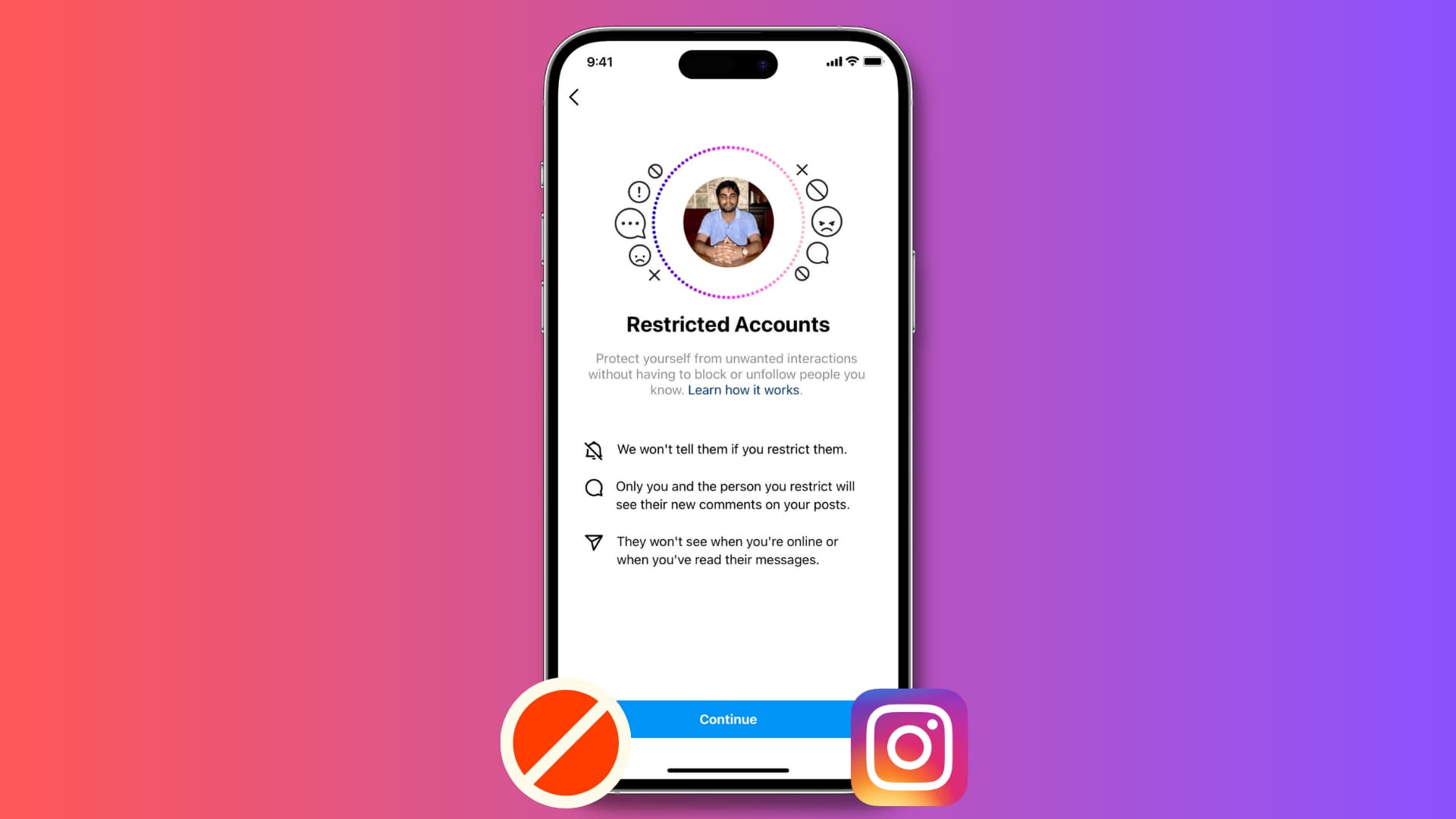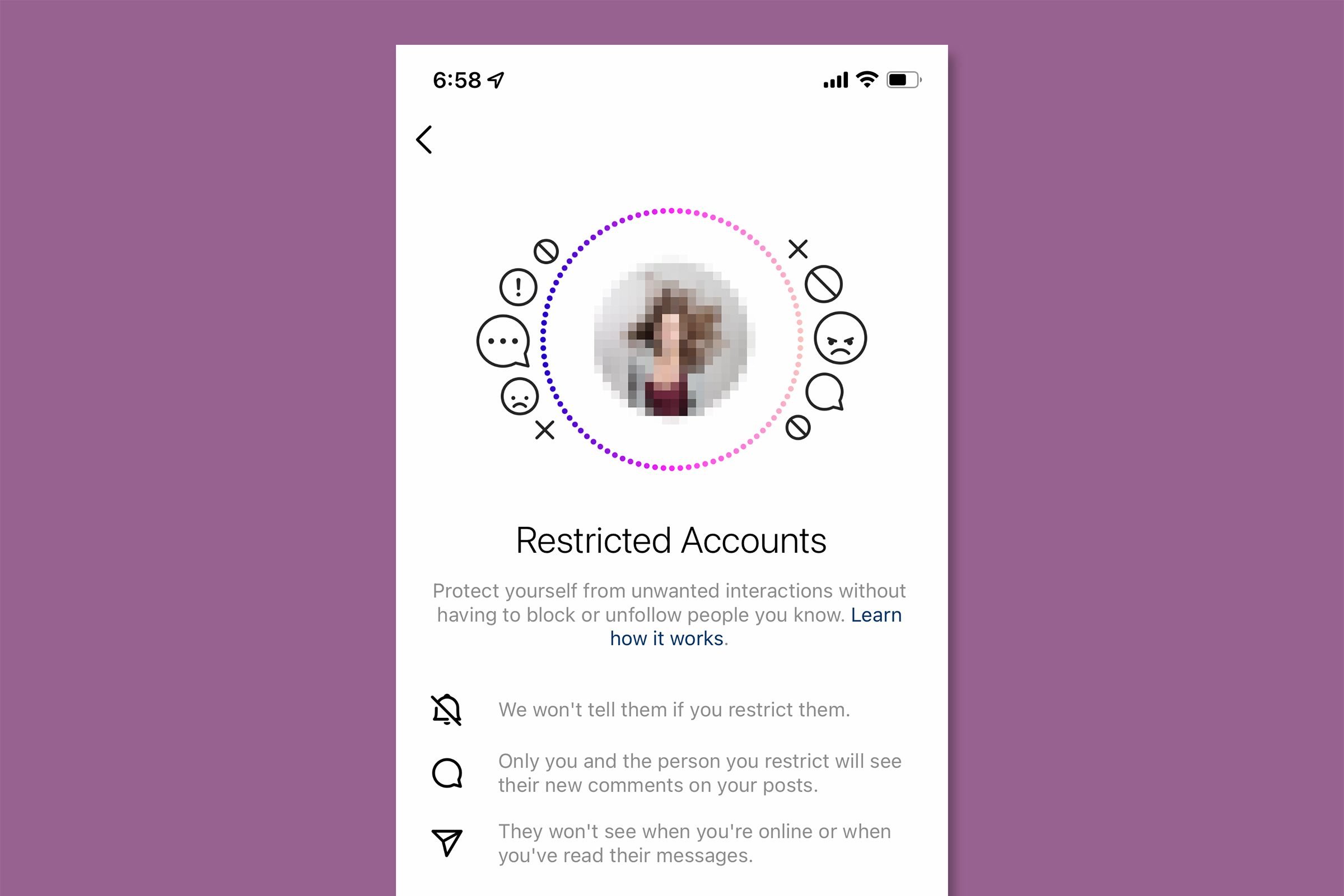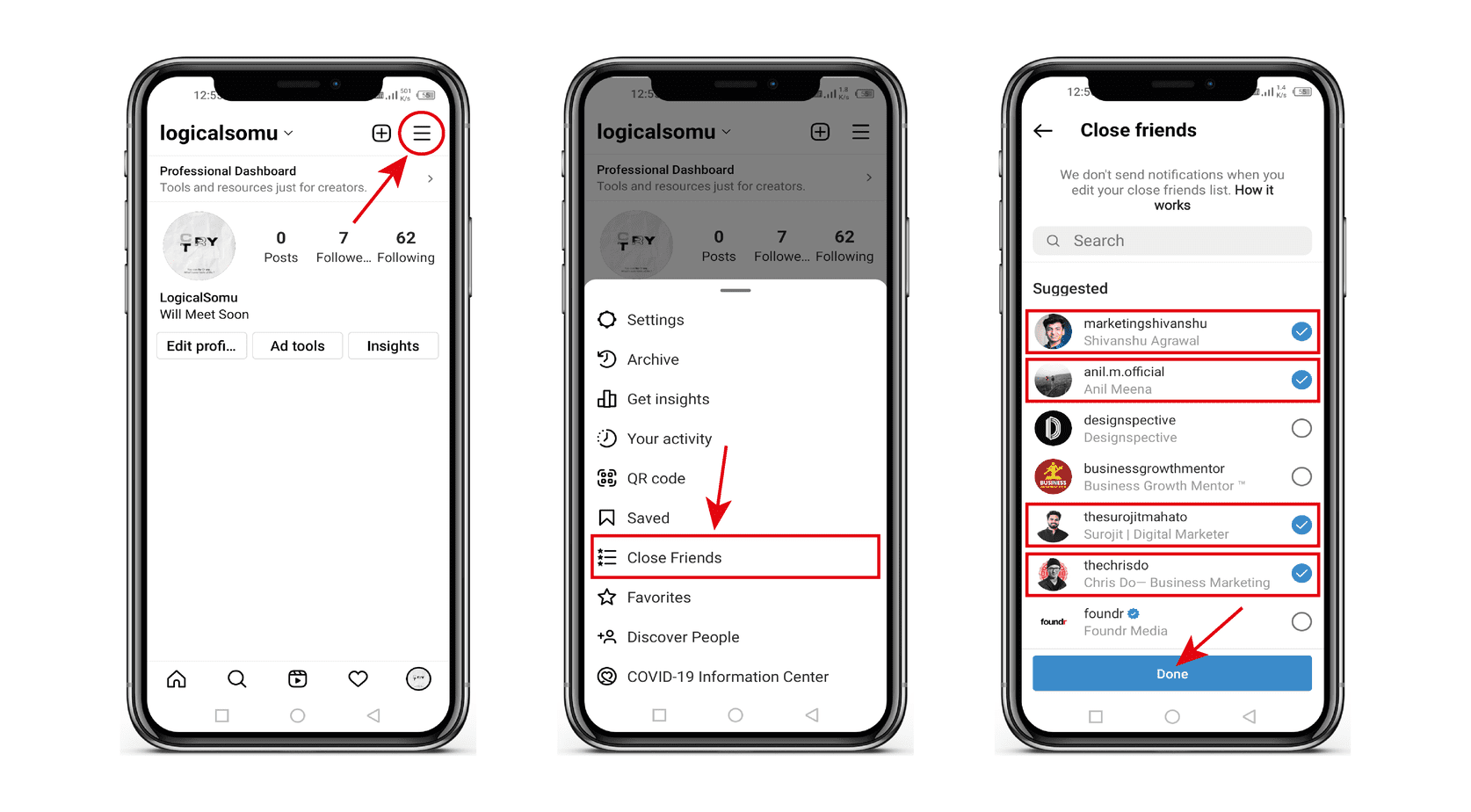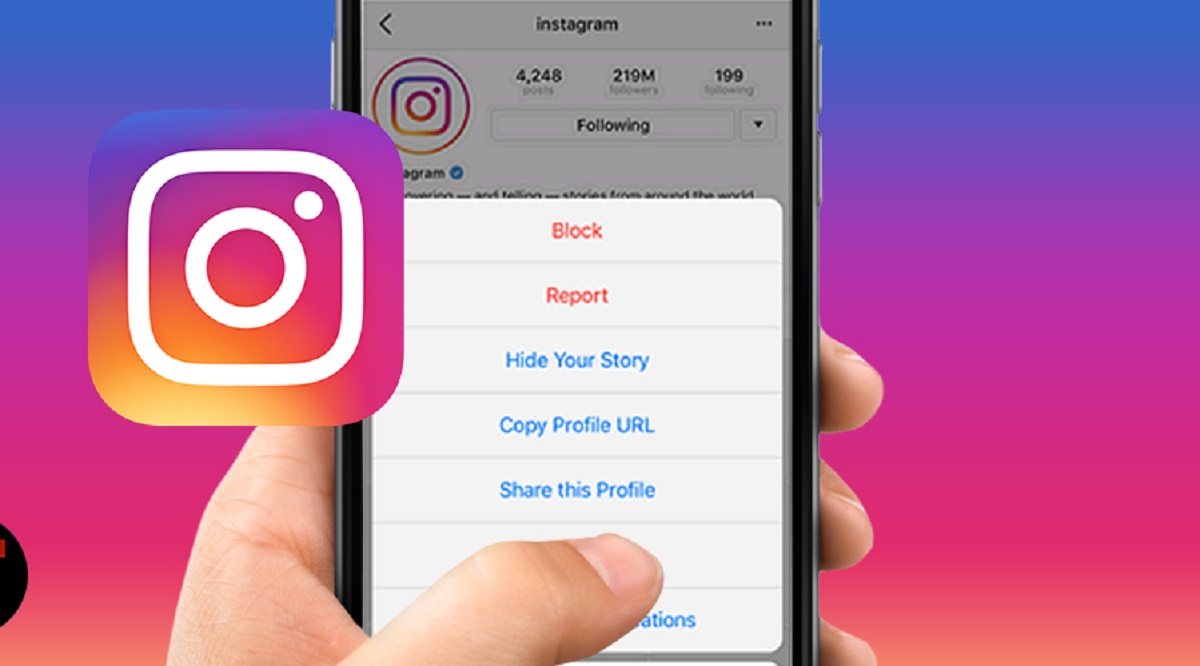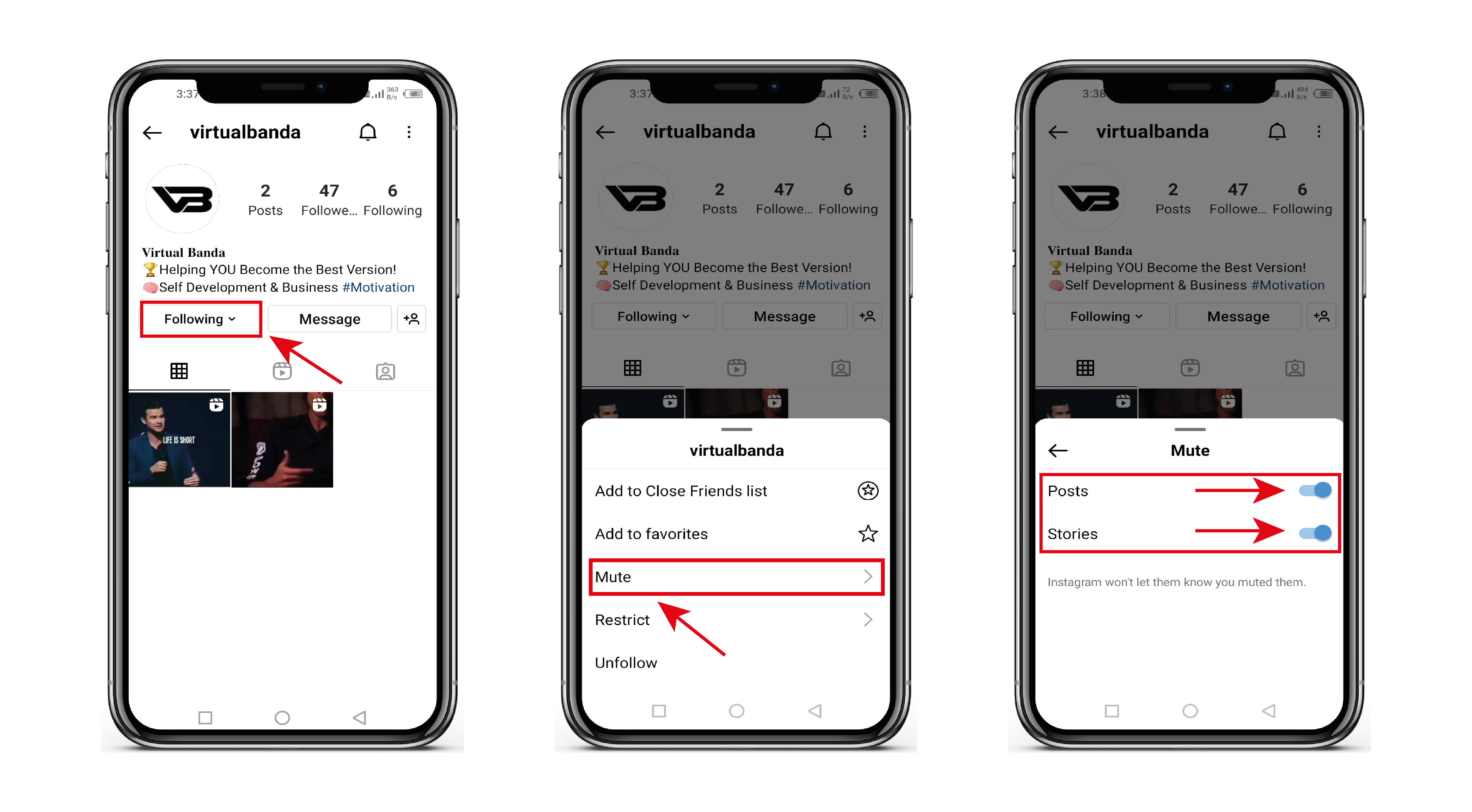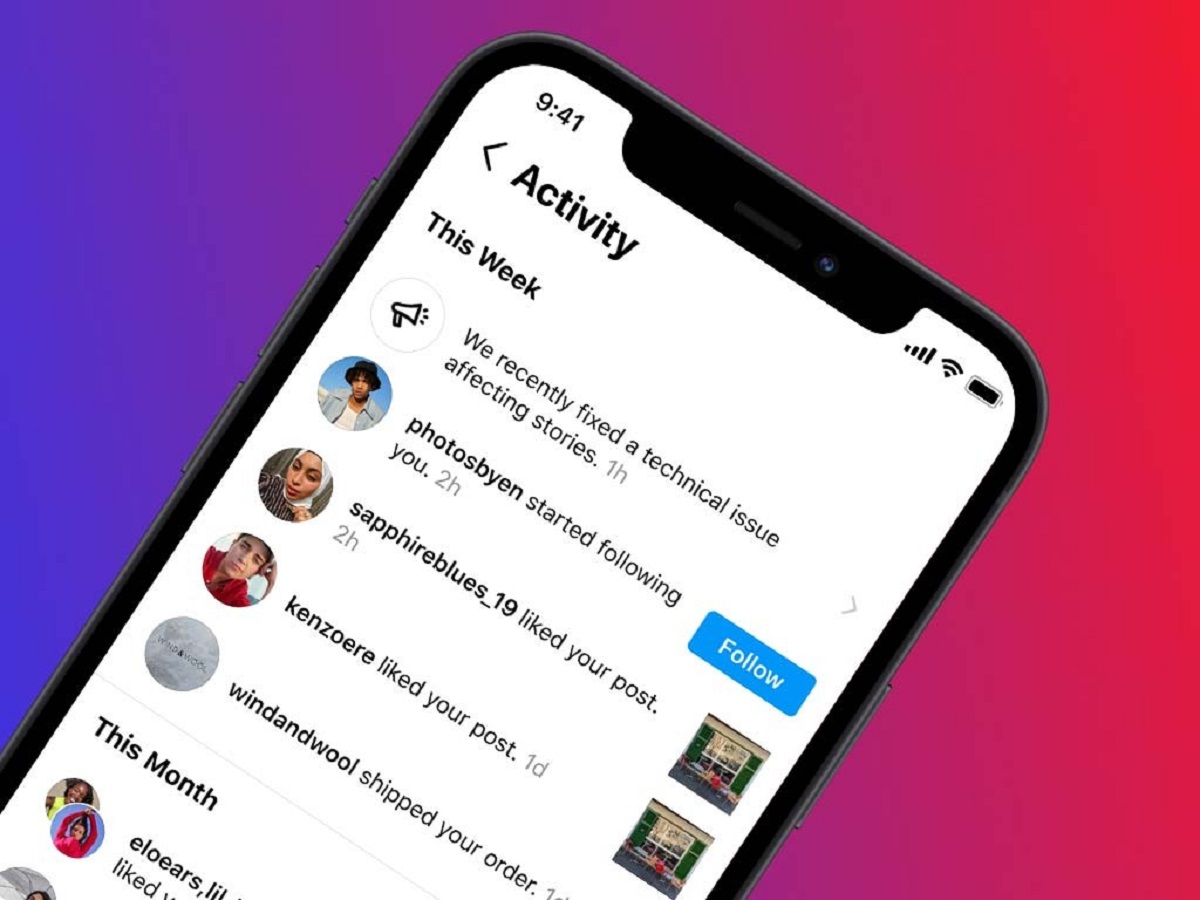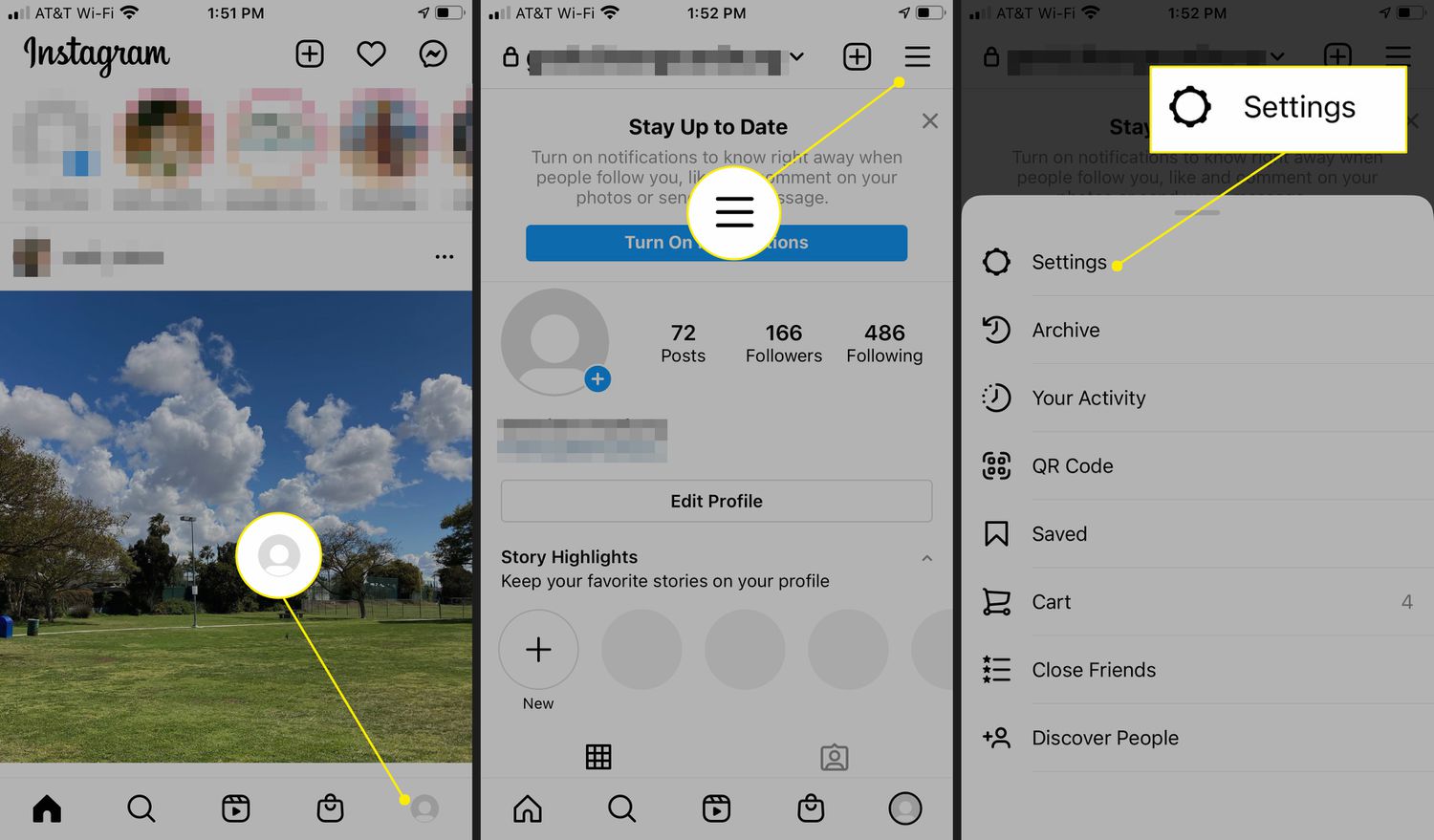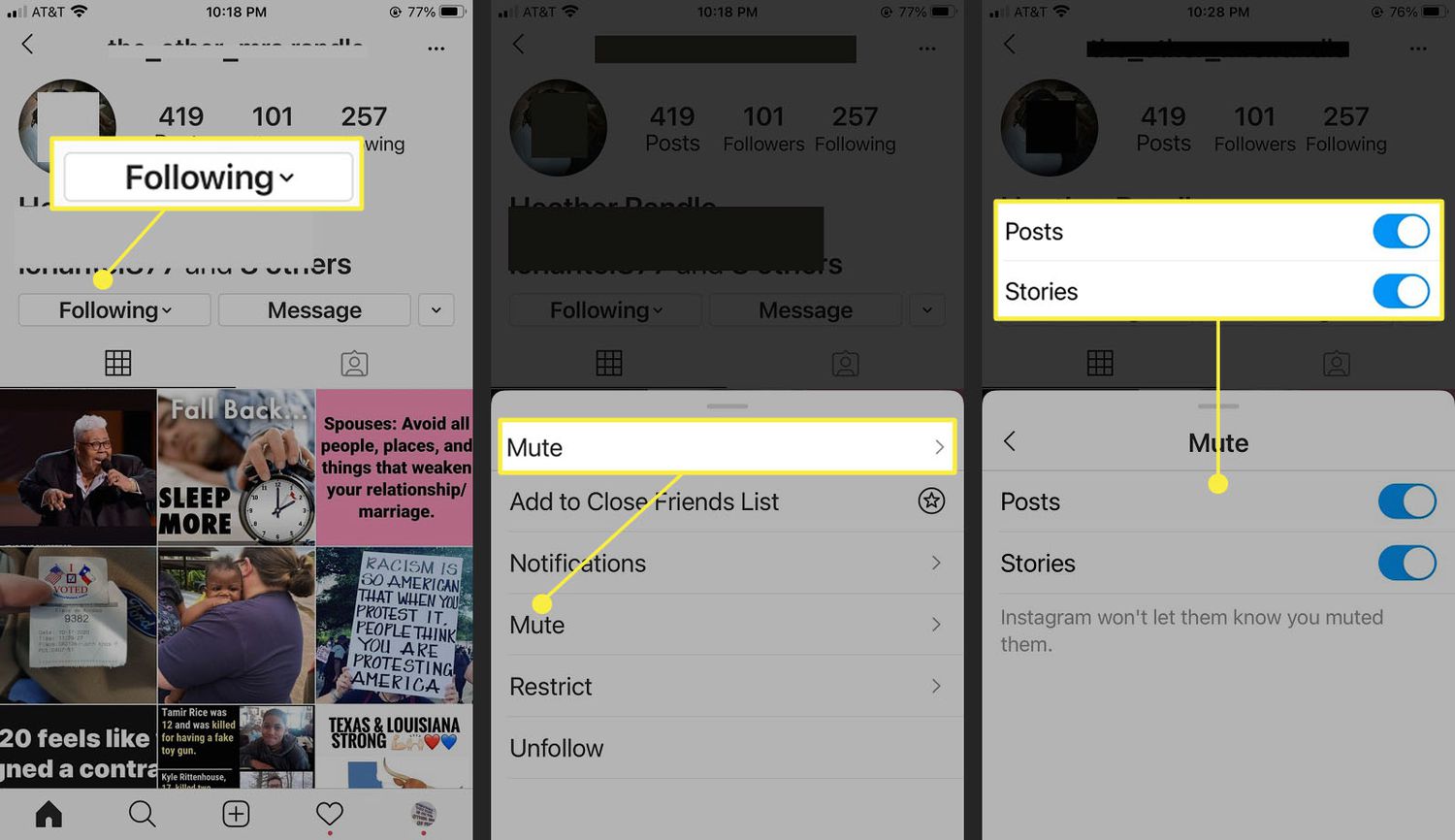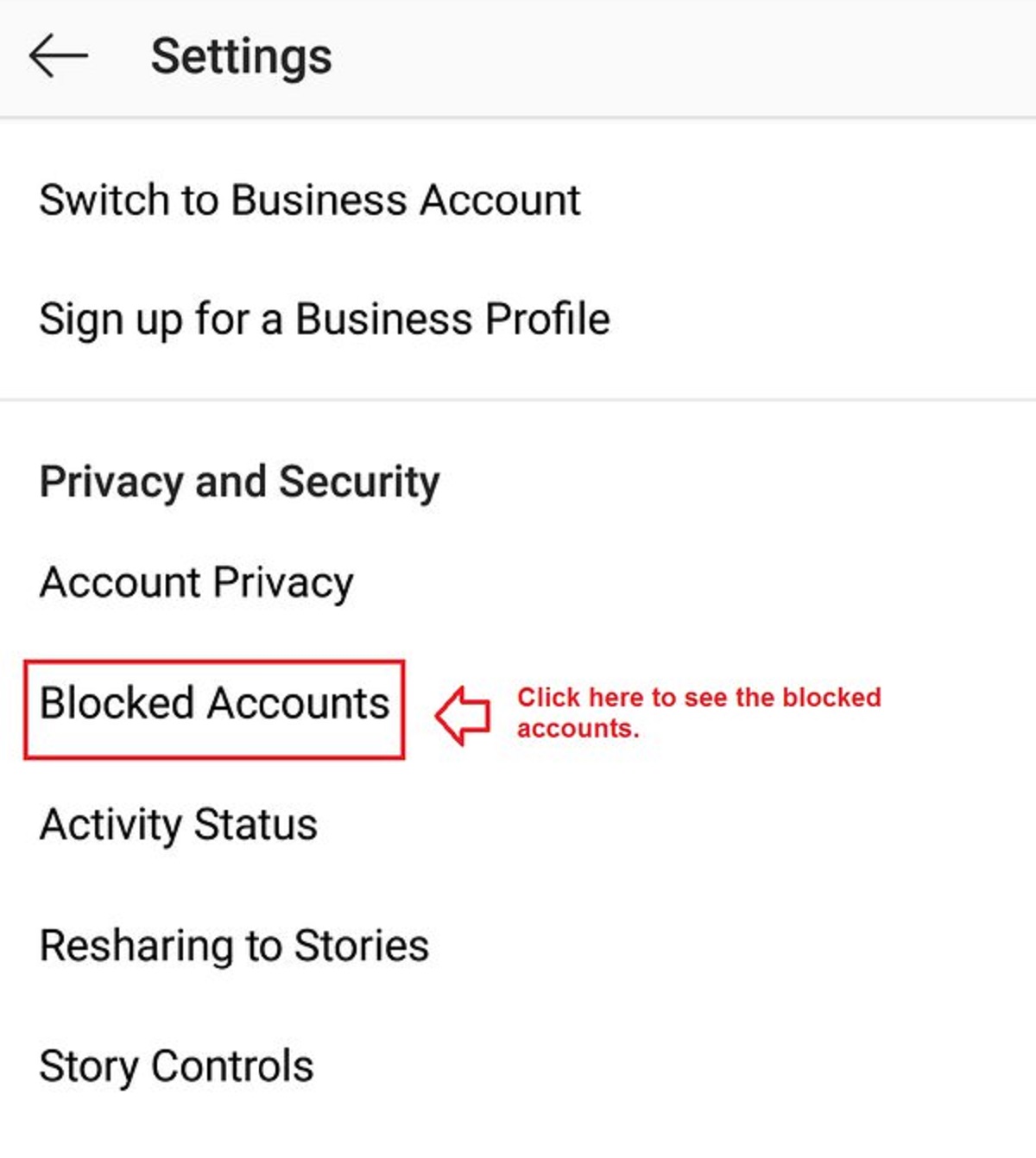What happens when you restrict someone on Instagram?
Restricting someone on Instagram is a useful tool for managing your online interactions and maintaining a positive digital environment. When you restrict someone, several changes occur in the way they can interact with you on the platform.
Firstly, any comments they make on your posts will only be visible to them. This helps to prevent their negative or inappropriate comments from being seen by your followers, thus protecting your online reputation.
Additionally, they won’t be able to see when you are active on Instagram or when you have read their direct messages. This can be especially helpful if you want to maintain your privacy and avoid feeling obligated to respond to their messages immediately.
Furthermore, when you restrict someone, their Instagram story views are no longer visible to you. This means that you won’t see their stories in your feed or know when they have viewed your stories. This can provide a sense of distance and reduce potential conflict or discomfort.
Another important aspect of restricting someone on Instagram is that their new direct message requests will be automatically moved to your message requests folder. This allows you to review and decide whether you want to engage with them without them constantly appearing in your main inbox.
It is important to note that when you restrict someone, they are not notified of this action. They will still be able to browse your profile, view your posts, and comment on them. However, their comments will only be visible to them, unless you choose to manually approve them.
Overall, restricting someone on Instagram offers you control over your interactions on the platform. It allows you to create a more positive and secure online environment, while still giving the restricted person limited access to your content.
How to restrict someone on Instagram?
If you find yourself needing to restrict someone on Instagram, whether it’s to manage your online interactions or create a safer space for yourself, the process is straightforward. Follow these steps to restrict someone on Instagram:
- Open the Instagram app on your mobile device and log into your account.
- Navigate to the profile of the person you want to restrict.
- Once you’re on their profile, tap on the three dots in the upper right corner of the screen.
- A menu will appear. From the menu options, select “Restrict”.
- You will then be asked to confirm your decision to restrict the person. Tap “Restrict” to proceed.
Once you have completed these steps, the person will be restricted on your Instagram account. They will be unaware of this change and will still be able to interact with your content, but their visibility and access to your account will be limited.
If you ever change your mind and decide to unrestrict someone, simply follow these steps again, but instead of selecting “Restrict,” choose “Unrestrict” to revert the restrictions.
It’s important to remember that while restricting someone can be helpful in managing your Instagram experience, it’s essential to also consider other measures, such as reporting or blocking someone, if necessary. Restricting is just one tool in your arsenal to create a positive and safe online environment.
Can restricted users see your posts?
When you restrict someone on Instagram, their ability to view your posts is not completely blocked. However, there are significant limitations placed on their access to your content.
Here’s what happens when you restrict someone:
1. Your posts will still appear in their feed: When you post a photo or video, it will still show up in their feed like normal. However, they won’t be able to see any likes or comments from other people on your posts.
2. They can’t view your posts directly from your profile: If the restricted user visits your profile, they will only see a limited number of your posts. The purpose of this restriction is to limit their ability to browse your content.
3. Stories are not visible: Any stories you share will not be visible to the restricted user. This means they won’t see your stories in their story feed or know when you have viewed their stories.
It’s important to note that these restrictions only apply to the person you have restricted. Your posts will still be visible to your other followers and anyone who is not on your restricted list.
If you want to limit the visibility of your posts to specific people, you can also make use of Instagram’s privacy settings. By switching your account to private, you can control who can see your posts and have the ability to approve or deny follower requests.
Restricting someone on Instagram allows you to have some level of control over who can see your posts and engage with your content. It provides a way to create a more positive and comfortable online space for yourself.
Does restricting someone on Instagram notify them?
One of the key features of restricting someone on Instagram is that it does not notify the person that they have been restricted. This means that the restricted user will not receive any official notification or direct indication that they have been restricted by you.
When you restrict someone on Instagram, they will still be able to view your profile, posts, and stories, although with certain limitations. From their perspective, nothing will change in terms of their access to your content.
The purpose of this notification-free restriction is to give you control over your online interactions without causing unnecessary tension or conflict. It allows you to manage your Instagram experience discreetly, without inviting further attention or engagement from the restricted user.
However, it’s important to keep in mind that the person you have restricted may still notice certain changes indicative of being restricted. For example, if they leave a comment on your post, they will only be able to see it while logged into their account. Additionally, their comments will be hidden from other users, as well as from you unless you choose to manually approve them.
In general, it is best to approach restricting someone on Instagram as a method of personal boundary-setting rather than a means of stirring up conflict or confrontation. It allows you to create a more positive and comfortable space for yourself while avoiding unnecessary drama.
If you ever decide to unrestrict the person, the process is simple and can be done at any time. Keep in mind, however, that unrestricting someone will not notify them either.
Overall, the lack of notification when you restrict someone on Instagram ensures a discreet and low-profile approach to managing your online interactions.
Can restricted users see when you are online?
When you restrict someone on Instagram, they will no longer be able to see your online status or receive notifications when you are active on the platform. The restricted user will not have any visibility into your online presence, making it easier for you to maintain your privacy and control over your Instagram activity.
Normally, when you are active on Instagram, a green dot appears next to your profile picture, indicating that you are online. However, this information is not accessible to restricted users. They will not be able to see whether you are currently active or not.
This feature can be particularly useful if you want to avoid unwanted conversations or interactions with the person you have restricted. By not being able to see your online status, they won’t be aware of your presence on Instagram in real-time and may be less likely to reach out or engage with you.
It’s worth noting that while restricted users can’t see your online status, they can still see posts and stories you have shared. This is why the restriction feature on Instagram is more focused on limiting direct interactions rather than completely hiding your activities on the platform.
Remember, though, that this restriction is specific to the person you have chosen to restrict. Your online status will still be visible to your other followers and contacts who are not on your restricted list.
By limiting the visibility of your online status to certain users, Instagram provides you with greater control over your interactions and allows you to have a more private and manageable experience on the platform.
Can restricted users send you direct messages?
When you restrict someone on Instagram, their ability to send you direct messages is not completely cut off. However, there are certain limitations placed on their communication with you through the direct messaging feature.
When a user is restricted, they can still send you direct messages, but these messages will be filtered into a separate message requests folder. This means that you won’t be immediately notified or see their messages in your main inbox. Instead, you can choose to review these messages at your own discretion.
This feature offers you control over your interactions and allows you to decide whether you want to engage with the restricted user or not. It enables you to maintain a level of privacy and avoid being bombarded with unwanted messages.
It’s important to note that the restricted user will not receive any specific notification that their messages have been filtered. To them, it may seem like you are not actively responding to their messages or ignoring them. This can be a subtle way to create distance and reduce the direct communication without explicitly confronting the person.
If you ever decide to unrestrict the person, any future direct messages they send will appear in your main inbox like normal. They will also be notified that their messages are being delivered directly to you.
Keep in mind that even though restricted users can still send you direct messages, you have the option to ignore or delete those messages without the sender knowing. This gives you the power to control your interactions and maintain a more comfortable online experience.
By filtering direct messages from restricted users and giving you the choice to engage or not, Instagram provides a means to manage your communication while still allowing some level of access for the restricted user.
Can restricted users comment on your posts?
When you restrict someone on Instagram, their ability to comment on your posts is not completely blocked. However, there are restrictions and limitations in place to manage their interaction with your content.
Here’s what happens when you restrict someone:
1. Restricted users can still leave comments: The person you have restricted can still leave comments on your posts just like any other user. However, these comments will only be visible to them. Other users, including your followers, will not see their comments unless you choose to manually approve them.
2. Their comments will be hidden from others: Any comments made by the restricted user will be hidden by default. This means that even if they leave a comment on your post, it will not be visible to anyone except themselves, unless you decide to approve it.
3. You have control over their comments: As the account owner, you have the ability to manually approve or delete comments made by the restricted user. This gives you the power to curate the comments section of your posts and prevent any negative or inappropriate content from being visible to others.
It’s important to note that while you can choose to manually approve comments made by the restricted user, you are not obligated to engage with them or respond to their comments. You have the flexibility to maintain your boundaries and create a more positive environment on your Instagram profile.
Restricting someone on Instagram offers you control over the comments they can make on your posts. It allows you to filter out any unwanted or toxic engagement while allowing the restricted user to still express their thoughts, albeit with limited visibility.
If you ever decide to unrestrict the person, their comments will be visible to everyone on your posts without any restrictions. They will also be notified that their comments will no longer be hidden.
By implementing these measures, Instagram aims to provide a tool for managing your interactions while maintaining the integrity of your content and fostering a more positive online environment.
How long should you restrict someone on Instagram?
The duration for which you should restrict someone on Instagram varies depending on the situation and your personal preferences. There is no set time frame or specific guideline that dictates how long you should keep someone restricted on the platform.
When deciding how long to restrict someone, it’s important to consider your reasons for restricting them in the first place. Is it a temporary measure to address a specific issue or create space for yourself? Or is it a more permanent decision to maintain a safer and more positive online environment?
Here are a few factors to consider:
1. The nature of the situation: Evaluate the severity of the situation and the impact it has on your well-being. If the person’s behavior is causing significant distress or harm, it may be best to keep them restricted for an extended period or even permanently.
2. Your level of comfort: Consider how comfortable you feel with the idea of unrestricting the person. If you are still uneasy or unsure about their presence on your Instagram account, it may be better to continue restricting them until you feel ready to reassess the situation.
3. Changes in behavior: If the person who was restricted is showing signs of positive change or has demonstrated that they have addressed the issues that led to the restriction, you may choose to lift the restriction sooner. However, it is important to trust your instincts and prioritize your well-being.
Ultimately, the decision on how long to restrict someone on Instagram rests with you. Take the time you need to evaluate the situation, consider your personal boundaries, and make the choice that feels right for you.
It’s worth noting that Instagram provides you with the flexibility to adjust your restrictions at any time. You can unrestrict or re-restrict someone as needed, depending on the circumstances.
Remember that the goal of restricting someone isn’t to perpetuate an ongoing cycle of conflict or to hold grudges. It is about creating a healthier and more positive online experience for yourself.
Take the time you need to evaluate the situation and choose the duration that aligns with your wellbeing and comfort level.







